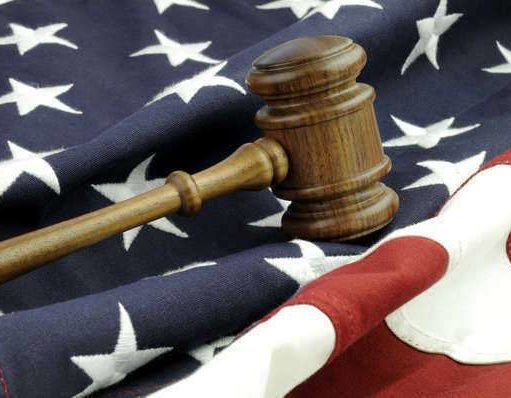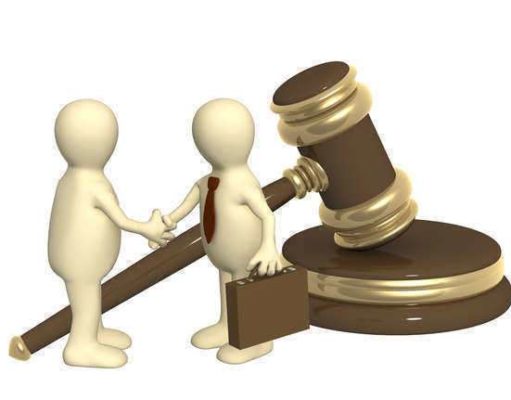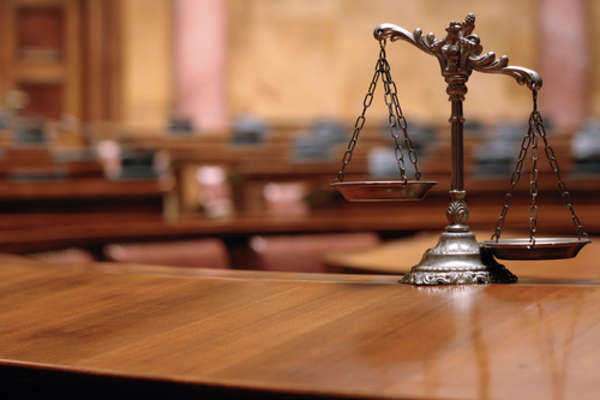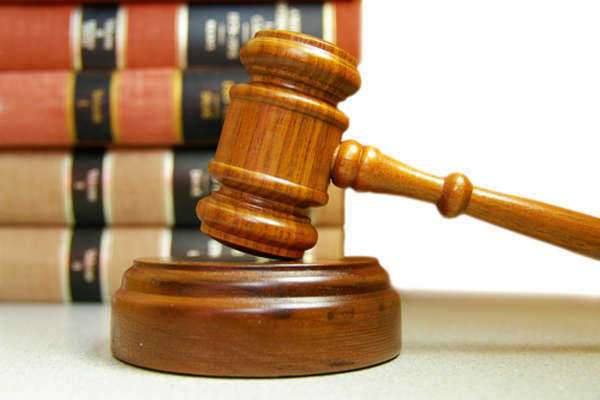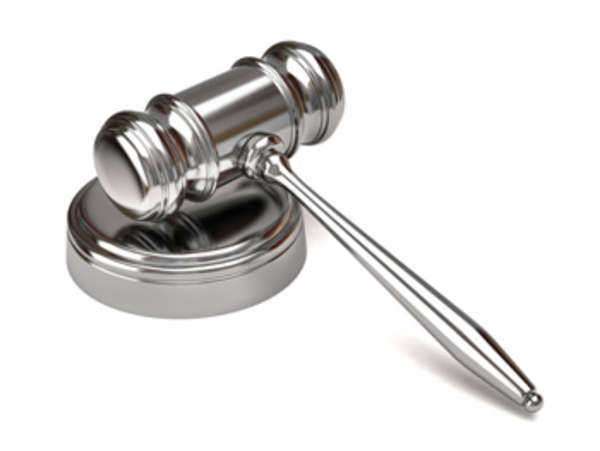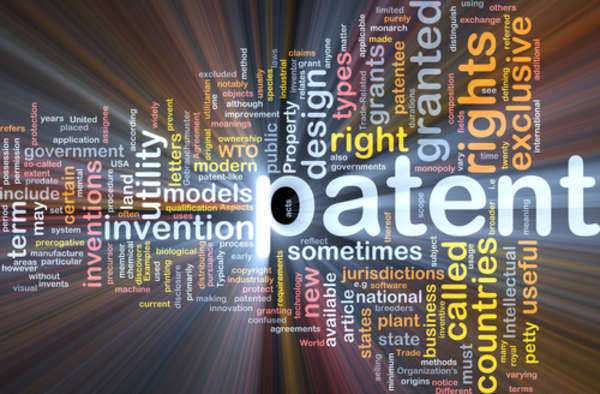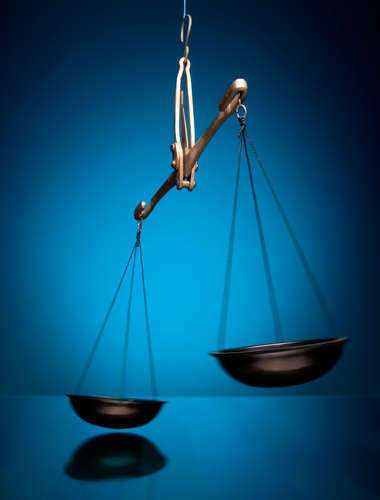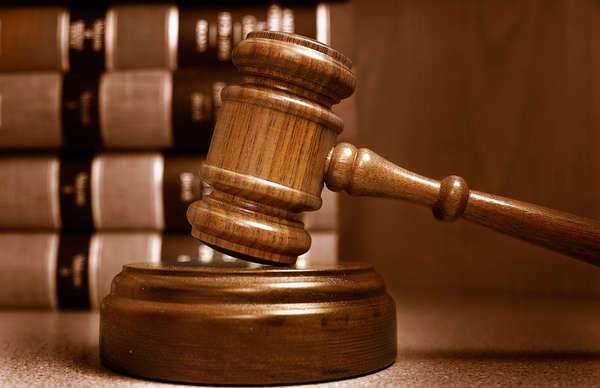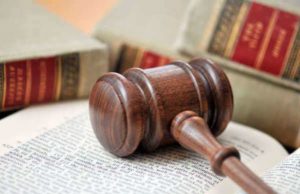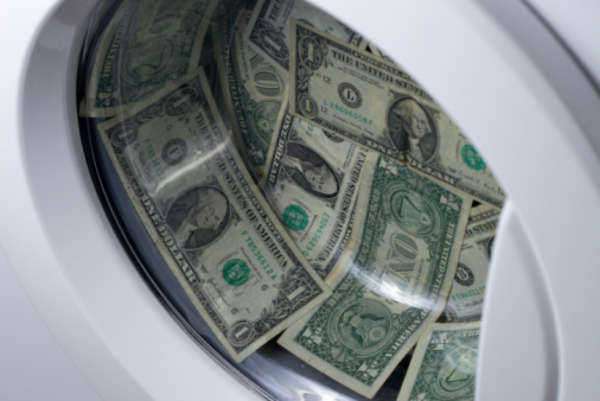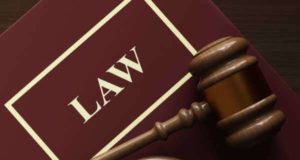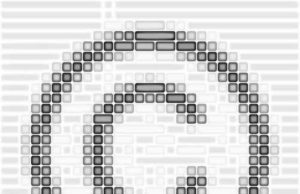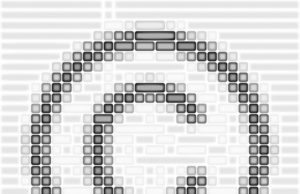Electric Storage Battery v. Shimadzu
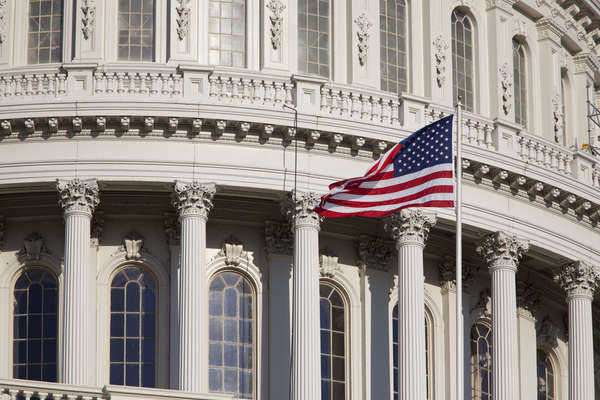
In the
Electric Storage Battery v. Shimadzu case from 1934, the plaintiff Shimadzu was
granted patent protection after the Circuit Court had taken protection away.
The decision to remand back to the District Court’s decision was made because
prior public use could not be proven by the defense. The plaintiff was granted
protection based on the patent obtained before commercial use of his product
began by the defendant.
Case Description
The plaintiff had developed a battery that
featured never before used chemicals and other substances. The battery was
built to last longer and was more powerful than others on the market. The
plaintiff had developed the battery in his country of residence, Japan. The
plaintiff did not patent his product in Japan nor expose it to anyone in the
United States.
A former
employee, the defendant, had worked in the factory that made the new batteries.
He began manufacturing his own batteries that used some of the same new
chemicals as the plaintiffs. The plaintiff successfully filed for his patent in
the United States but the defendant claimed his battery was already being used
by the public prior to the plaintiff obtaining a patent.
Ruling
The original ruling by the District Court was
upheld and the plaintiff’s patent was ruled valid. The public use claim by the
defendant had two problems: the public use had to occur for a full two years
before the plaintiff’s patent was granted. Also, the defendant’s battery was
ruled to be in its experimental stage. An item in its experimental stage does
not qualify as being a part of public use. The plaintiff was ruled the original
patent holder of the battery and his patent claim was deemed valid. The
defendant was guilty of patent infringement due to the failure of his public
use defense.

